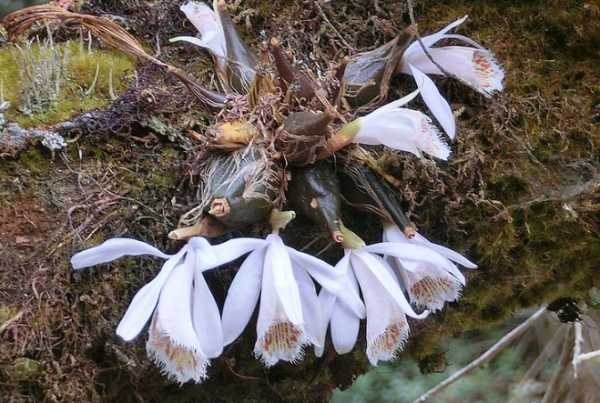KATHMANDU: Nepal exports 10,000 tonnes of medical herbs to 50 different nations each year. There are 24 orchid species in total, as well as 12 Dendrobium cultivars having anti-cancer potential. And the examples that have been recorded are simply the tip of the iceberg.
According to research released in 1985 by the Royal Botanical Gardens, Kew, there is a long history of unsustainable orchid harvesting in Nepal’s forests, such as when roughly 800 tonnes of orchids were smuggled to India from eastern Nepal in the 1980s.
As a result, a significant percentage of Nepal’s wild orchids are sent to India and China, with little to Hong Kong.
In the previous ten years, Reshu Bashyal, who runs the Illegal trade and sustainable use of medicinal orchids in Nepal, has discovered 15 seizure records, ranging from 4.4 to 9,364 kilos of orchids.
According to Reshu, Nepal recorded 49,789 kgs of legal orchid commerce between 2008 and 2016, changing dramatically over time. Artificially produced orchids, primarily belonging to the genera Dendrobium, Coelogyne, Cymbidium, and Otochilus, accounted for just 4% of the legal trade.
Wild-collected orchids dominated the legal trade, accounting for 96 percent of the trade. A minor quantity of merchandise worth 200 kg remained unaccounted for. ‘As part of a larger effort to triangulate and validate commercial trade patterns, they give first insights into the nature and extent of illicit orchid trading in Nepal,’ Reshu noted.
Buddhi Rai, a member of the indigenous Kirant tribe from Siktemba village in Panchthar District in eastern Nepal, brags about his orchid collection, which includes Cymbidiums primarily has accumulated over 40 years.
Buddhi told Global Voices, “In our language, we call them aamlabung. Our woodlands are home to a variety of orchid species. However, most of my collection comes from the Indian cities of Mirik, Darjeeling, and Kalimpong.”
People like hybrid orchids because they are more durable and produce gorgeous flowers that linger for months. Beautiful orchids, he continued, grow on inaccessible limbs of ancient trees or cliffs and are difficult to gather.
(from Nature World News)









Comment